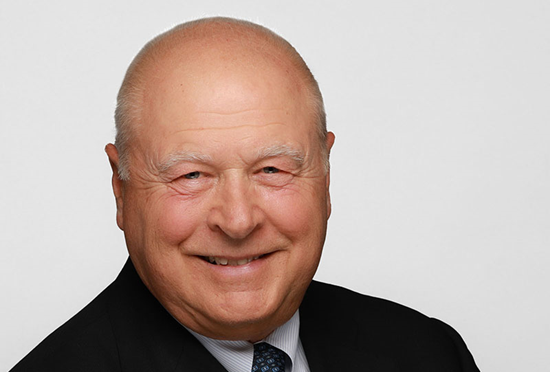Opting out of indemnification may carry high cost

Beneficial owners are increasingly being offered different fee splits depending on whether their programme is indemnified – but securing a better fee split may not be worthwhile if the institution is not able to manage risk effectively.
However, indemnification – agent lenders protecting beneficial owners against losses from their lending programmes – remains a key component for many.
William Locke, chief risk officer at eSecLending, which has insurance-based indemnification, said that indemnification includes a package of risk management tools rather than just guarantees.
“You incorporate all of that in and think ‘ how comfortable am I expending credit to that counterparty? And, you incorporate all that in to market risk management – what are you lending and what collateral are you taking back.”
He noted that everything is viewed through a “risk lens” and continuous stress-tests are carried out: “This is all behind indemnification, its skin in the game for anyone offering indemnification. Without indemnification, you need to give serious thought to whether you have the resources and capabilities to have a comprehensive approach to handling your exposures.”
Lance Wargo, North American head of agency securities lending, BNP Paribas, warned that the Lehman crisis exposed the importance of being able to act quickly to avoid losses in extremely volatile market conditions.
“There were some problems because not all agent lenders had good collateral liquidation programmes,” he said. “There is definitely potential for losses on the lending side.”
BNP Paribas offers traditional balance-sheet-based indemnification on its lending programmes.
“Now we are talking about having a two day stay protocol in effect,” said Wargo. “Then, you are going to have to wait and you are taking a bigger risk than people think.”
“That is where you may run into a period of wanting indemnification whether for execution risk – you can’t get your securities back on time – or even loss – from being undercollateralised.”
Northwestern Mutual self-indemnifies, as it runs its own programme and has expert credit personnel internally. “The way we manage our programme right now, we can’t indemnify it. But we do evaluate the risks internally, and are comfortable with those risks.”
James Vance, vice president and treasurer, Western & Southern Financial Group, said: “If you have indemnification, you should still attempt to have as much risk control as possible – it is not designed to completely absolve any beneficial owner.”
Vance pointed out the gulf in understanding between beneficial owners and market participants: “We are like farmers with fracking happening under our ground – we are not chemical engineers.” He added that if is their responsibility to understand all of the risk factors the situation is moving far away from the original premise of lending.
Found this useful?
Take a complimentary trial of the FOW Marketing Intelligence Platform – the comprehensive source of news and analysis across the buy- and sell- side.
Gain access to:
- A single source of in-depth news, insight and analysis across Asset Management, Securities Finance, Custody, Fund Services and Derivatives
- Our interactive database, optimized to enable you to summarise data and build graphs outlining market activity
- Exclusive whitepapers, supplements and industry analysis curated and published by Futures & Options World
- Breaking news, daily and weekly alerts on the markets most relevant to you




